Like other bodily functions, emotions are something that humans think, feel, and react to. Our physical environment and circumstances can change these emotions throughout each day. If you didn’t get much sleep the night before, you might feel grumpy from fatigue. But after a strong cup of coffee or a hearty breakfast, that tiredness is replaced with energy and feelings of motivation and joy! The biology of emotions is more than just lack of sleep or coffee, however. And teaching this can help our students understand the concept of mental health.
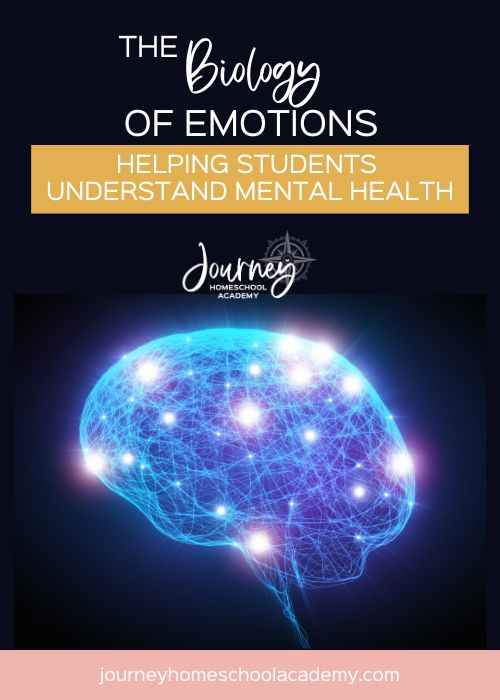
The Biology of Emotions: A Quick Science Lesson
Most of us think simply about emotions … how do you feel? The biology of emotions is much more complex than a basic feeling. The APA Dictionary of Psychology defines emotion as “a complex reaction pattern, involving experiential, behavioral, and psychological elements, by which an individual attempts to deal with a personally significant matter or event.”
Well, that is just a bit more complicated, isn’t it?! Multiple systems in our body work together to produce emotions. Scientists believe that our emotions play a key part in our survival as humans, but they also can have a negative effect (anxiety, depression, etc.).
Taking it a step further, psychologists have split emotions into two categories: basic and complex.
Basic vs. Complex Emotions
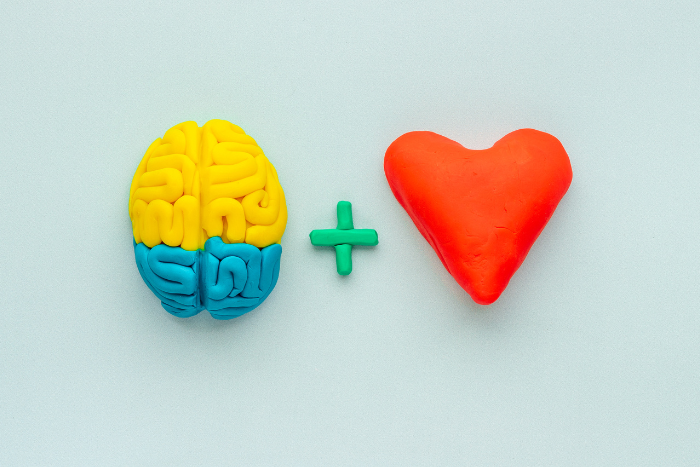
We call these emotions “basic” because they are universally recognizable: happiness, sadness, fear, surprise, etc. They are usually automatic emotions – that is, we can feel them as an immediate reaction to our surroundings. If someone jumps out of a closet to scare you, you might react with wide eyes and a scream (fear and surprise!)
Complex emotions, on the other hand, are not as easy to recognize because they may look different for each person. Grief, guilt, pride, and hate are just a few complex emotions. One person may feel grief at the loss of a loved one through crying, while others may just remain stoic with little expression on their face.
These same two people may react very differently when grieving a relationship ending or the loss of a job. We feel grief in complex ways, depending on the situation, our emotional stability when the event happens, and who is around us as we grieve.
The Limbic System
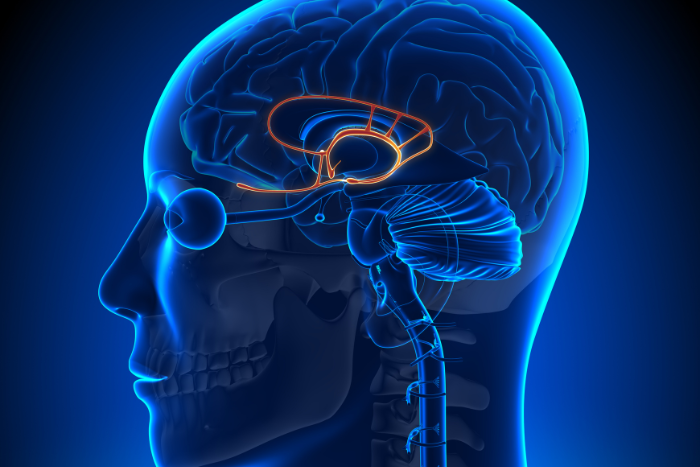
So, what systems do emotions come from? First and foremost: the brain! Our limbic system is the part of our brain that is responsible for emotional responses. Just above your ears, the amygdala plays a prominent role in our survival instincts through the emotions of fear and unpleasant stimuli. The amygdala helps us to remember scary situations that put us in danger so we will seek to avoid those situations again.
The hippocampus, like the amygdala, is embedded in each temporal lobe of the brain. It is known as the “memory headquarters” of the brain because of its responsibility for our long-term memories, including the emotions we feel during those memory events.
The Nervous System
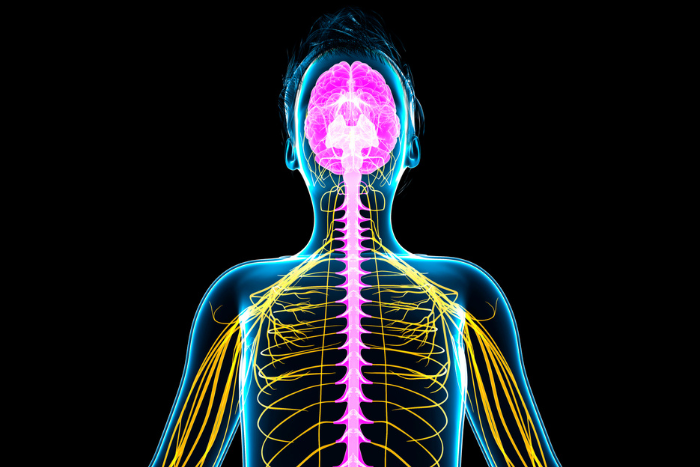
Although our brain can be considered the center of our emotional processes, the nervous system should also be included! The nervous system carries messages throughout the entire body, like a perfectly organized circuit of wires. As we feel emotions through experiences, our nervous system sends signals to our brain, heart, and the rest of our body, directly affecting how we feel.
When you’re scared, have you ever noticed that your heart feels like it’s beating out of your chest? Or perhaps you start sweating! Thank your nervous system for these responses, as it prepares your body to take action in moments of potential danger. Then, when there is no longer a threat, your heart rate slows, and you feel more relaxed as your body signals to you that you are going to be okay.
When the nervous system is in a constant state of stress, this can weaken our bodies and put us at risk of sickness, chronic health conditions, and mental health disorders.
Helping Students Understand Mental Health

When we talk about mental health, we are generally referring to the condition of our psychological and emotional well-being. If our body is able to regulate and appropriately respond in emotional situations, our mental health is likely to also be regulated and strong.
However, there are many environmental factors that can weaken our mental health, and it’s important that our students understand how they can be affected. It’s easy for people, especially children and teens, to think that they just feel a certain way and they can’t help it. But, when they truly understand how the limbic and nervous systems work together to help our bodies, they will be better equipped to feel emotions in a healthy way (mental healthiness!).
Wondering Where to Start?
No two humans are the same, so helping students understand mental health will be different for each student. Start by asking some basic individual questions:
- What makes you feel happy/sad?
- When you feel each emotion, what do you want to do?
- What helps you to feel better?
- How can I help you?
- What are some complex emotions you have felt?
Encourage students to talk with their peers about how they feel, and prompt them to help these peers when they are feeling heightened emotions. By having a better understanding of what others are feeling, they can play a part in improving someone else’s mental health!
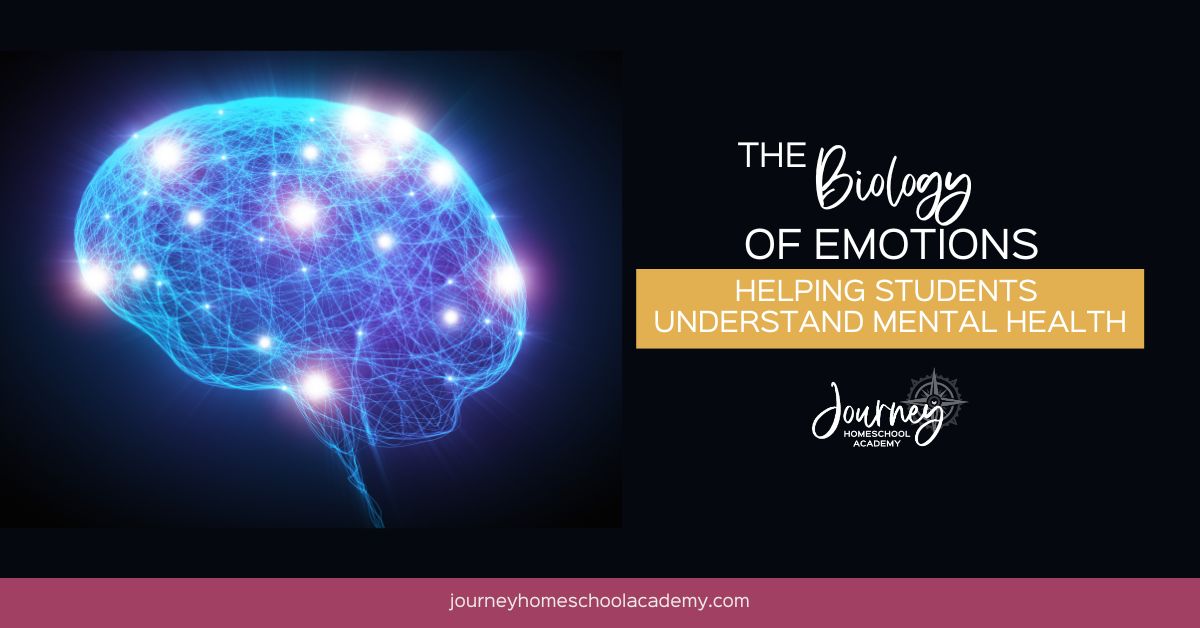
Teaching Students the Biology of Emotions
If you’re a human, you feel emotions! Even for those who say “I’m not an emotional person,” you still feel emotions. Your body still reacts to your environment. This is a biological fact, and it is a fascinating opportunity for a biology lesson!
At Journey Homeschool Academy, we offer a biology course that covers a wide range of concepts, from the world of plants to genetics to human anatomy! Experience Biology is offered in both elementary and high school curriculums, with engaging video lessons, supplemental reading, and hands-on activities.
Our emotions are an integral part of who we are, and that’s worth learning about!
